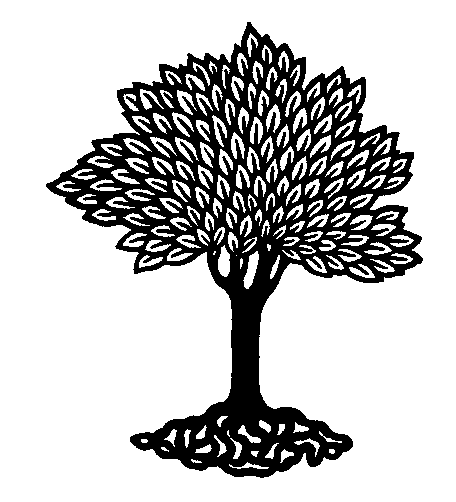
 |
Plant Taxonomy (BIOL308) - Stephen G. Saupe, Ph.D.; Biology Department, College of St. Benedict/St. John's University, Collegeville, MN 56321; ssaupe@csbsju.edu; http://www.employees.csbsju.edu/ssaupe/ |
Plant Distribution Project
Overview: The purpose of this project is to provide an opportunity to learn more about various sources of information available to the plant taxonomist.
Species Selection/Nomenclature: Select a plant that grows in Minnesota. Record the family, binomial and vernacular name for this species.
| family | |
|
binomial |
|
| common name |
Species Origin: Where did this plant grow before human settlement?
The following are all related to origin of a plant. Define each:
native
naturalized
introduced
alien
exotic
weed
Which term(s) best
describes your species? This information can be found in various
sources including USDA Plants Database
(available online),
Synonymized Checklist of the Vascular Plants of the United States
(available online), or
Flora of North America
(available online or in the herbarium).
Native species in Minnesota.
Examine the map of Minnesota Vegetation at the Time of Settlement in the Bailey Herbarium or the copy of the updated version distributed in class. Who was the original author (hint) of this map showing the native vegetation of Minnesota?
How was this map prepared?
Examine this map and name 3 native plant communities found in our vicinity in central Minnesota.
US
Distribution - In which states does your species grow?
Minnesota Distribution - in which counties in the state does your species grow?
Obtain a copy of a MN country map (available from a
variety of sites including
Indiana State Univ
or University
of Texas Library). Then, gather data from:
(a) the distribution maps in Ownbey & Morely (1991) Vascular Plants of Minnesota,
(b) the on-line
database from the University of Minnesota Herbarium Vascular Plant
Collections page (use public user site); or (c) the Bailey
Herbarium. Append a MN distribution map for your species.
Write a description of where the species grows
in Minnesota?
Does our herbarium have any "new" records for the plant?
|
| Top | Plant Tax. Home | SGS Home | Disclaimer | |
Last updated:
08/20/2007 / � Copyright by SG
Saupe